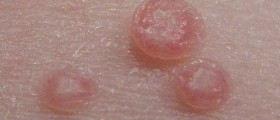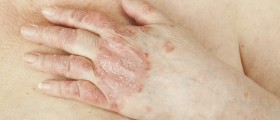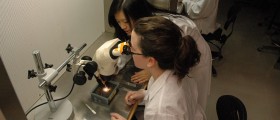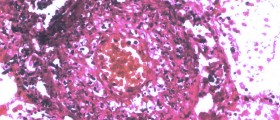
Pigmented purpuric dermatoses represent a group of chronic medical conditions most of which are of unknown etiology. They have distinctive clinical characteristics and develop due to extravasation (leakage) of red blood cells in the skin and subsequent deposition of hemosiderin.
Each of these disorders may have different presentations. However, this does not influence treatment and outcome. Histologic appearance of pigmented purpuric dermatoses is quite similar.
This group of conditions includes Schamberg disease, purpura annularis telangiectodes, lichen aureus, itching purpura and eczematidlike purpura of Doucas and Kapetanakis ( the previous two are potential variants of Schamberg disease) and finally pigmented purpuric lichenoid dermatosis of Gougerot and Blum.
Pigmented Purpuric Dermatoses Pathophisiology
As mentioned before, there is no known cause of these conditions. There are several potential triggers some of which are venous hypertension, exercise and the influence of gravitation.
Pigmented Purpuric Dermatoses Pathophisiology
The very appearance of the skin is what drives patients to visit their health care providers. Namely, in case of Schamberg disease, the skin is covered with irregular plaques/patches of orange-brown pigmentation. The lower limbs are typically affected. Once the lesions form, they tend to linger for years. Many of the already existing lesions may even spread and become darker. It is also possible for some of them to resolve.
In case of itching purpura the skin lesions affect large portions of the skin and are the cause of severe pruritus (itching). Patients suffering from itching purpura have to deal with generalized lesions.
Patients with lichen aureus report a solitary lesion or a localized group of golden-brown skin changes. These may form on any part of the skin.
Majocchi disease develops in form of small, annular plaques/purpura with visible telangiectasias.
Finally, in pigmented purpura with lichenoid-type skin change lesions are quite similar to those of Schamberg disease. The skin may also contain red-brown lichenoid papules.
Pigmented Purpuric Dermatoses Treatment
Patients who have to deal with severe pruritus can benefit from topical corticosteroids antihistamines. As a matter of fact these two medications are prescribed in majority of cases. The goal of medicamentous treatment is reduction of morbidity and prevention of potential complications. If the condition is closely related to venous stasis, it can improve if one uses compressive hosiery. Several more treatments with positive results of different degree can be applied in case of different pigmented purpuric dermatoses. These include treatment with narrowband UVB and psoralen plus UVA, griseofulvin and treatment with ascorbic acid and rutoside.

















Your thoughts on this
Loading...